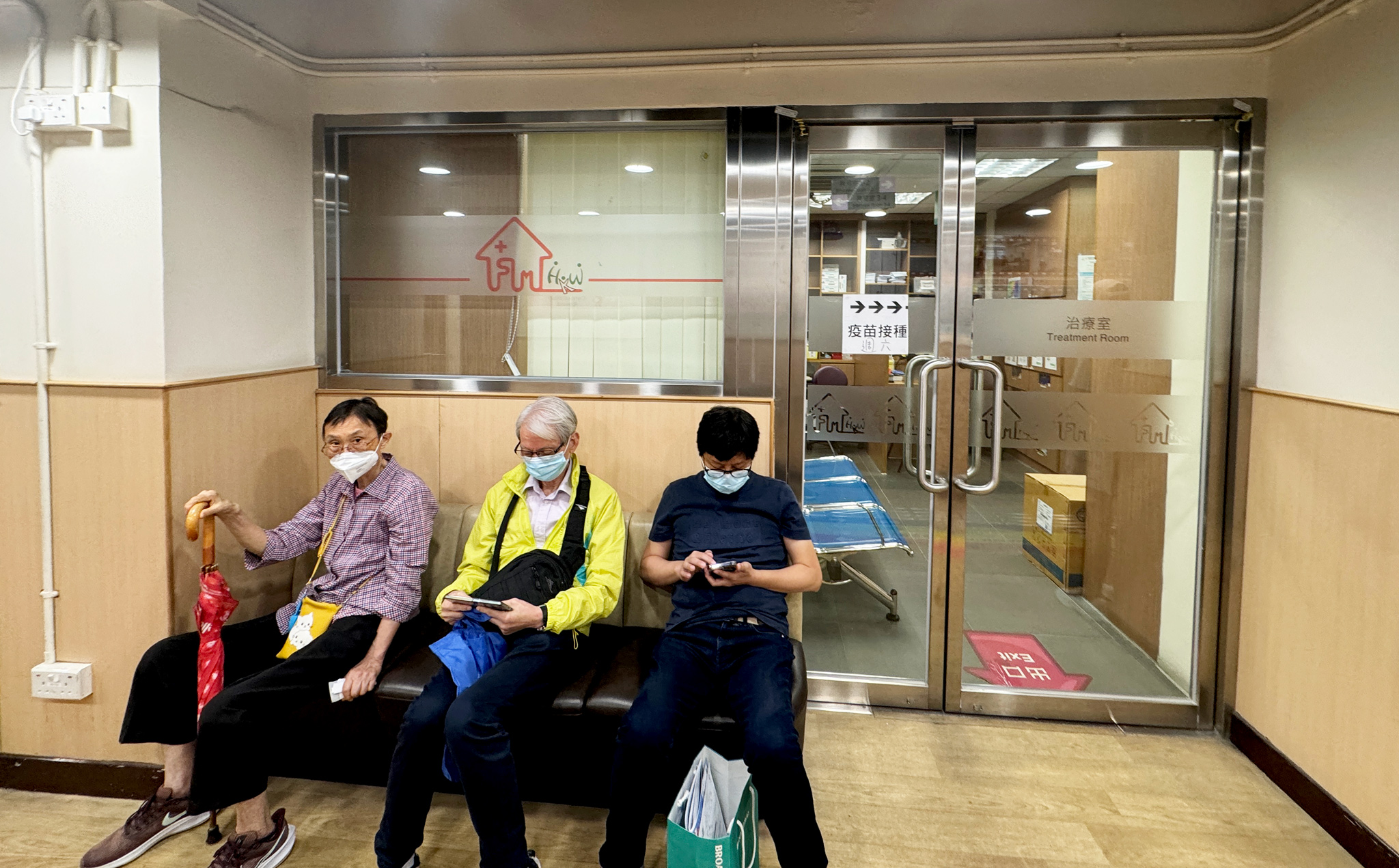
HONG KONG – The public health expenditure – expressed as a percentage of a jurisdiction’s total tax revenue – of Hong Kong ranks second highest among 15 places with similar economic development, according to the latest data from the city’s Health Bureau.
The bureau on Tuesday released Hong Kong's Domestic Health Accounts (DHA) for 2022/23, which provides a systematic description of the flow of health expenditure over a 12-month period.
“Among the places with similar economic development, Hong Kong’s healthcare system affords service quality and health outcomes that fare well by global standards at relatively low total current health expenditures and public current heath expenditures as percentages of GDP (9.1 percent and 5.3 percent respectively in 2022/23), indicating cost efficiency and effectiveness,” the bureau said in a press release.
ALSO READ: New HK commission established to boost primary healthcare
The special administrative region’s public health expenditure to gross domestic products should also be considered in conjunction with its low tax regime, it added.
According to the data, 58 percent of the current health expenditure was paid via government schemes and 27 percent by household out-of-pocket payment.
Payment via privately purchased insurance schemes and employer-based insurance schemes taken together accounted for 15 percent.
Over the past decade or so, the share attributed to privately purchased insurance schemes had shown a distinct uptrend, said the bureau.
Expenditure of primary healthcare accounted for 34.5 percent of current health expenditure, of which 46.8 percent was funded by the public.
To reflect the increasing government health-related programs with services provided to Hong Kong residents outside the SAR, the coverage of the Domestic Health Accounts has been widened to include government subvention to these health-related programs, including those in the Guangdong-Hong Kong-Macao Greater Bay Area.
READ MORE: Hospital Authority makes progress in multiple endeavors
The Domestic Health Accounts shows the amount of funds provided by major sources and the type of services for which these funds are used and the institutional entities providing the services. The data enable policymakers, researchers, and the public to assess the performance of the local health system over time and to evaluate health policies.


